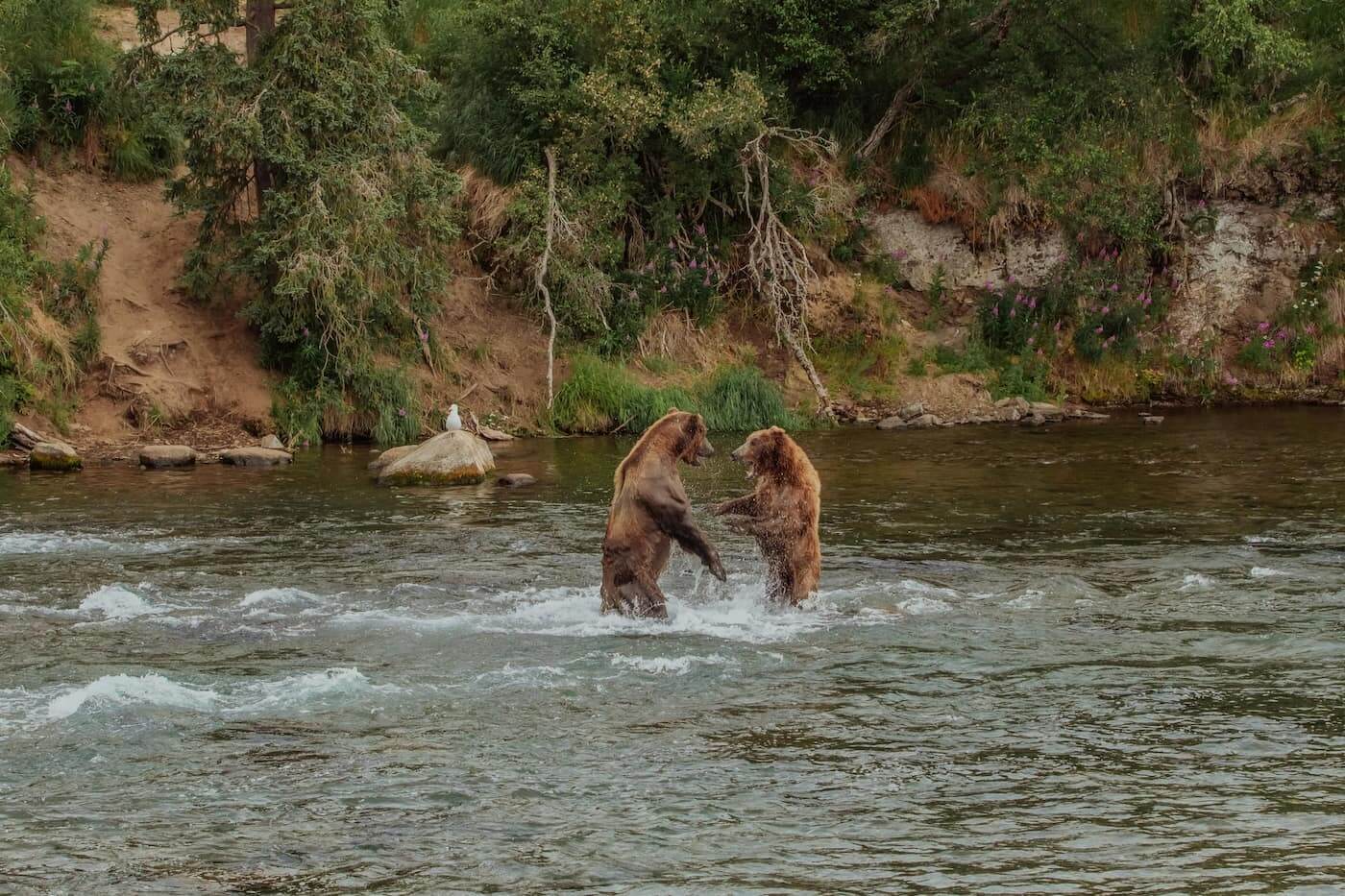Alaska’s unique culture and diverse landscape earn it the title of America’s last frontier, even today. It’s also an outdoor-lover’s paradise with 15 national parks and preserves. That means it constitutes a full 30% of all the wilderness areas in the entire nation.
The northern latitude also means that Alaska is the land of the midnight sun. In some places, the sun sets close to midnight and rises again just a few hours later. You don’t have to go to another country to see the Northern Lights. All you have to do is head close to the Arctic Circle in the 49th state.
Completing these 10 bucket list items will help visitors experience everything the country’s largest state has to offer, from outdoor adventures to the history of Alaska Natives.
10. Pribilof Islands
About 500 miles southeast of Siberia, these four small islands are quite literally “chilling” in the Bering Sea. This archipelago is also known as the Fur Seal Islands because about 800,000 northern fur seals use the 75 square miles of rocky tundra as their breeding ground. Though Gavril Pribylov, a Russian sea captain, discovered the island in 1786 as a hunter’s paradise, the land is now part of the Alaska Maritime National Wildlife Refuge, and unless you’re a native Aleut, hunting the seals is illegal. However, you can still hunt them with your eyes—along with reindeer, Arctic blue foxes, harbor seals, whales, and hundreds of bird species.
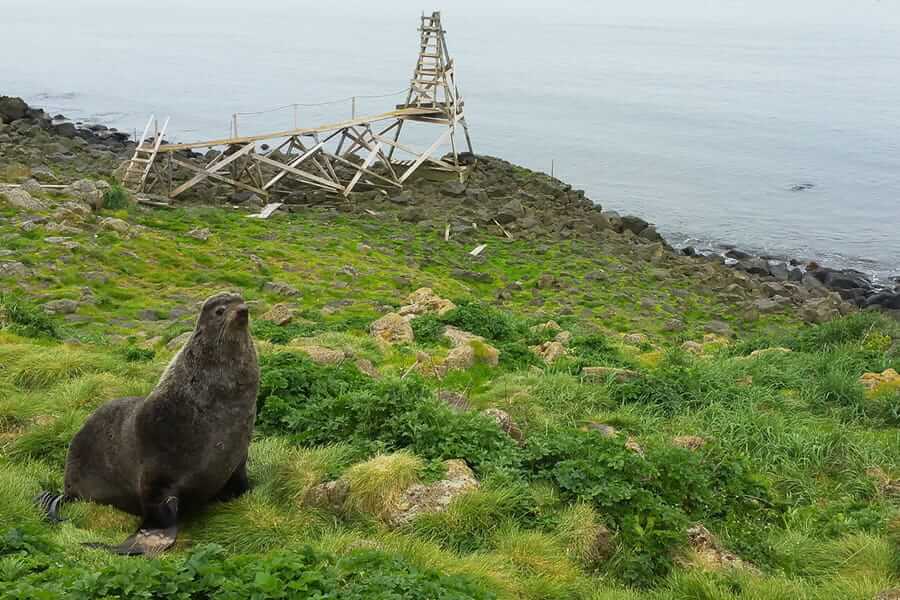
(image via Flickr)
9. Floating the Copper River
Flowing out of the Copper Glacier, this 290-mile river winds through south-central Alaska. A fisherman’s paradise, the Copper River Delta is known as the place where the wild salmon roam, so don’t forget your rods. The Copper Valley Chamber of Commerce invites visitors to take in the glaciers and turquoise tributaries by raft, canoe, or by plane. Flightseeing tours are available from McCarthy or Gulkana airports, a few miles north of Glennallen.
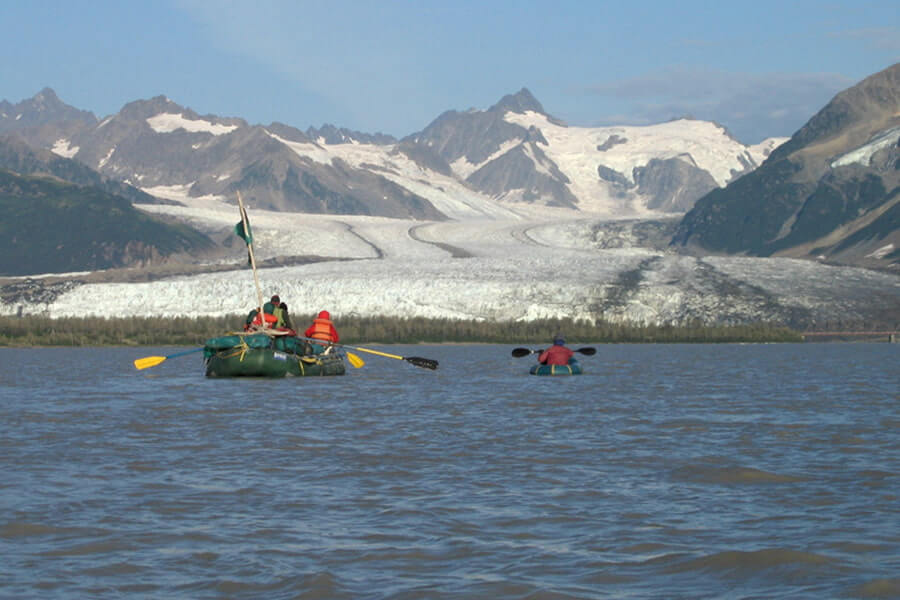
(image via Wikimedia)
8. Wrangell-St. Elias National Park
Six times the size of Yellowstone, Wrangell-St. Elias National Park is the largest park maintained by the National Park Service at 13.2 million acres of dynamic, isolated terrain. Mount St. Elias, North America’s fourth-tallest mountain at 18,008 feet, stands in the company of nine of the United States’ highest peaks, covering four different mountain ranges. Between hiking, climbing, floating, skiing, or historic ghost town touring, you’re sure find numerous extreme adventure in this park.
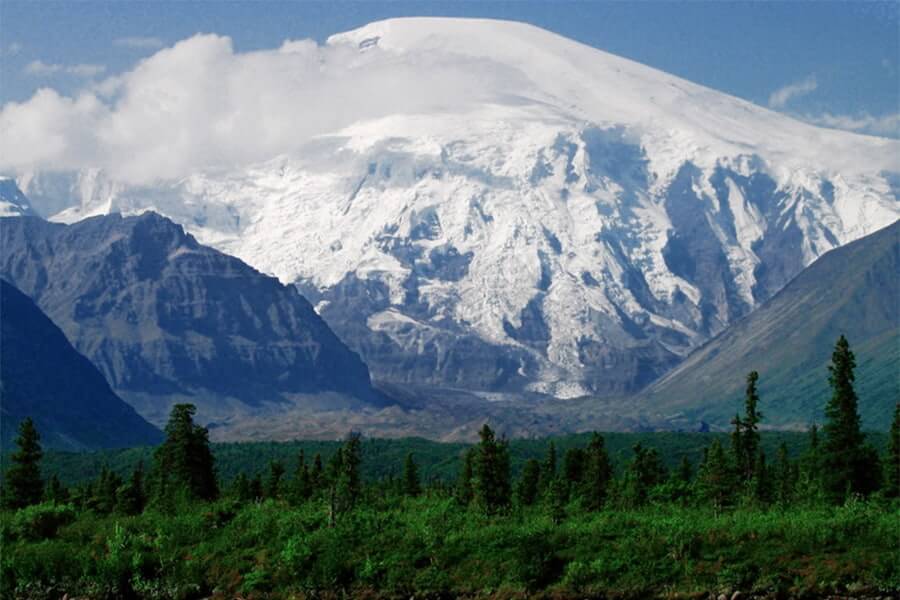
(image via Wikimedia)
7. Denali
At 20,320 feet, Denali is North America’s tallest mountain and the centerpiece of Denali National Park. Denali has a much more meditative feel than other NPS parks. Park guides encourage silence, reflection, and 360-degrees of geographic acknowledgement before snapping a photo. Personal vehicles are allowed to travel only about 15 miles into the park, but buses are available to take you to trailheads and visitor centers where you can reserve a campsite.

(image via Wikimedia)
6. Izembek Lodge in Cold Bay
The Izembek Lodge is the perfect Alaskan getaway for a small group. A short hop to the fertile hunting grounds of the Bering Sea and 100 yards from the Pacific Ocean, the lodge offers modern amenities and freshly made beds for its guests. While the lodge prepares your three hot meals each day, you can take in the grandeur of the six volcanoes visible from the deck. Did I mention the transportation is all included? They’ll even let you bring your dog!

(image via Instagram)
5. Alaska Marine Highway
Traveling from Bellingham to Juneau via the Alaska Marine Highway will remind you of that crazy music festival you went to in college when the tents start popping up on the deck, secured with industrial-strength duct tape. While camping “Alaska-style,” there will be plenty of opportunities to spot bald eagles and whales spouting at the ocean’s surface and to immerse yourself in the Marine Highway subculture.

(image via Flickr)
4. Seakayaking at Columbia Glacier
Imagine floating in a one-man kayak between icebergs bigger than your house. Companies like Pangaea Adventures offer 10-hour trips that include water taxi transport, kayak instruction, four hours of paddling in the ice fields surrounding Columbia Glacier, and interesting facts from the guides. You can expect to paddle past sea otters and orcas as you float through the serene waters around the blue icebergs.
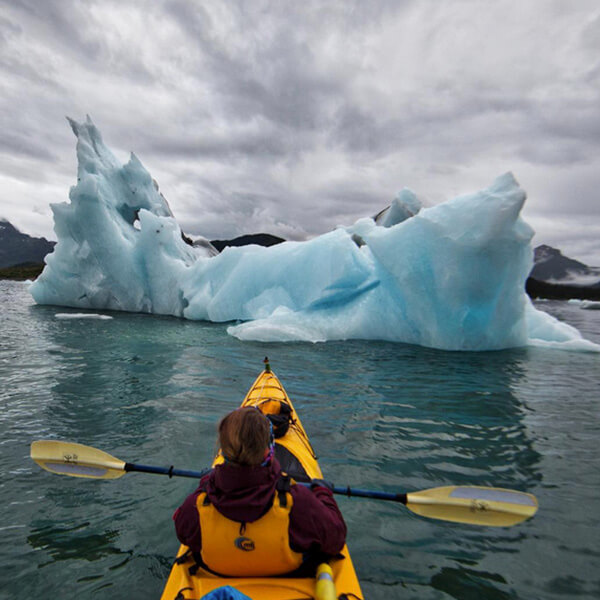
(image via Instagram)
3. Iditarod Dog Sledding
If you’ve ever experienced the joy that is the animated movie Balto, you’ve dreamed about mushing a wolf dog to save the children of Nome. Though the real Balto was a normal Siberian husky, he led his sled team through harsh, whiteout conditions into Nome to deliver the medicine that would end an outbreak of diphtheria. If you can’t make it to Alaska in early March to see the annual Iditarod Race, you can see Balto—yes, the real Balto—stuffed and on display at the Cleveland Museum of Natural History.

(image via Wikimedia)
2. Totem Bight State Historic Park
When the Civilian Conservation Corps (CCC) began recovering, restoring, and carving the totem poles that became Totem Bight State Historical Park in 1938, the older generations taught the younger generations the art of carving totems. This park is home to a huge part of Alaskan culture that is intertwined with native trees, shrubs, and berries. A tour of this park is like walking across the pages of a history book.
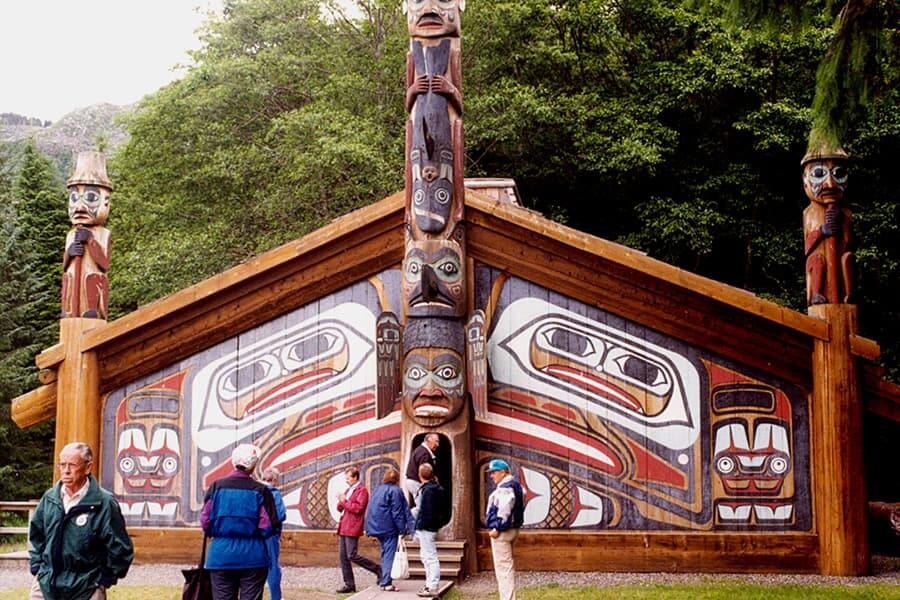
(image via Flicker)
1. The Northern Lights
Stare up at the night sky, and you can see the Northern Lights from just about anywhere in the state. If you’re really dedicated, Fairbanks is your best bet because of its location under the “aurora oval.” Your chances improve further if you go between September and April because the sun will actually sink below the horizon and the skies tend to be clearer.
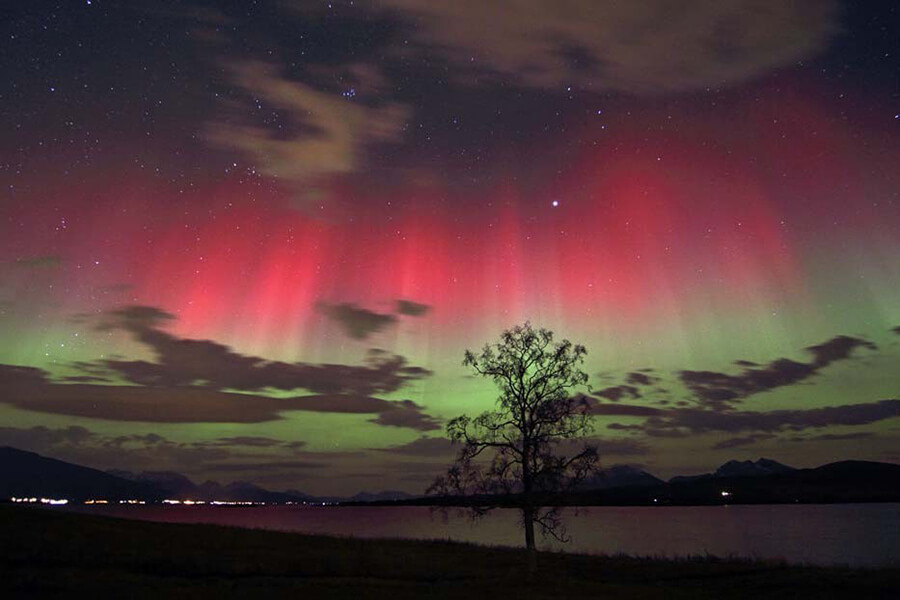
(image via Wikimedia)


